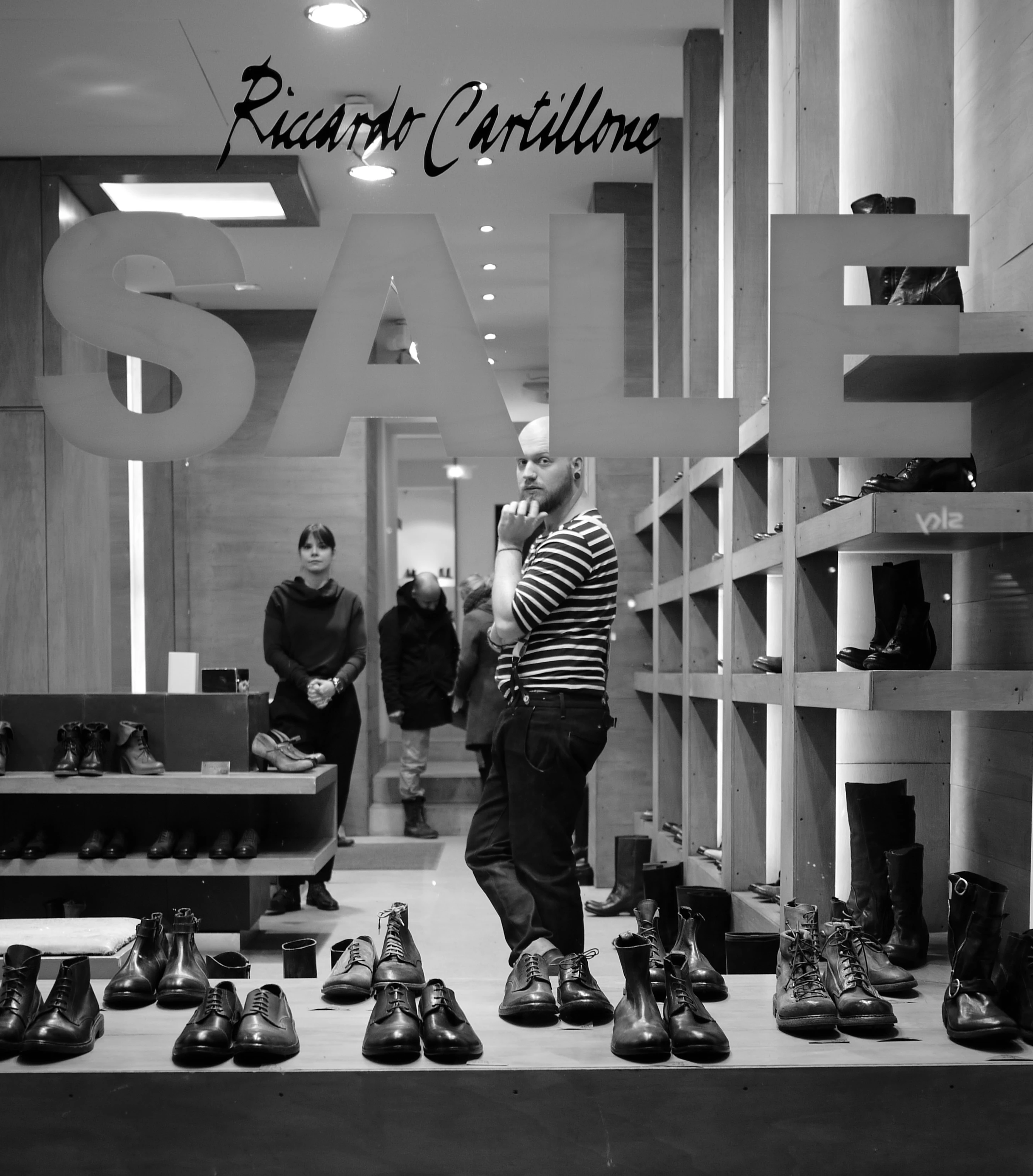
Partner Article
6 ways retailers can convert more customers on Black Friday
Black Friday has earned the dubious honour of becoming an annual ‘trial by fire’ for participating retail websites.
Last year, UK e-commerce traffic leapt 220% compared to a normal trading day, according to the data analysis firm Qubit, while revenues jumped by 240%.
That kind of increase in traffic will impact your e-commerce platforms in ways unimagined during the rest of the year and it is the job of website teams to plan for the unthinkable ahead of Black Friday to ensure their systems can cope.
With £1.23bn spent online in the UK last year, there’s much at stake, not least the impact on your bottom line, and bad PR if your website goes down.
However, retailers who have taken the following six steps to optimise their websites will be best placed to succeed on Black Friday, which this year falls on November 24.
-
Prepare for your desired outcomes. Nail exactly what you want to achieve on Black Friday and be as specific as possible. Use analytics to understand fully what happened last year and then predict how this Black Friday will be different. Your prediction should be based on a wide spectrum of factors, including your marketing plan and what products you will be promoting. Once you know where you want to go it will be easier to draw up a plan.
-
What is your expected web traffic uplift? Quantify how much traffic you think your site will experience on Black Friday. Base your prediction on last year and then compare your predicted traffic with the levels your system can currently handle comfortably.
-
How will you handle the expected traffic? Take steps to enhance your e-commerce platform so that it can cope with any expected increase in traffic levels. This may include adding extra server capacity and ensuring your payment processes are sufficiently scalable.
-
Start testing. Create a test environment based on what you think Black Friday will look like. Don’t simply scale up your system based on the expected increase in traffic (e.g. doubling server capacity if you expect double the traffic) and hope for the best because your system may behave in unexpected ways. The best approach is to design and implement a test that will replicate the expected traffic and put your systems under the necessary strain.
-
Decide if you need to lock down your website code. It’s inflexible and will limit your ability to change your site’s software weeks or months ahead of Black Friday, but a code freeze is necessary if you manually test your code. This is because manual testing is time consuming and introduces the possibility of human error. If, however, you carry out regular automated regression testing with each website software update, a full lockdown may not be necessary.
-
Walk in your customers’ shoes. A clear focus on customer experience is vital as you prepare for Black Friday. More than anything else, you need to put yourself in your customers’ shoes and see the world through their eyes. For example, last year mobile traffic overtook desktop for the first time, so a customer’s mobile experience must be just as good, or better than, the desktop. Product details, including image, description, price and a buy button, need to load immediately otherwise a customer will go elsewhere. Your platform also needs to be flexible so you can add the very latest products to satisfy customer demand. There may be scores of factors that impact customer experience for your website, but you need to identify, prioritise and satisfy as many customers as possible if you are going to get the most from this Black Friday.
This was posted in Bdaily's Members' News section by Josie Byrne .
Enjoy the read? Get Bdaily delivered.
Sign up to receive our popular morning National email for free.








 A year of resilience, growth and collaboration
A year of resilience, growth and collaboration
 Apprenticeships: Lower standards risk safety
Apprenticeships: Lower standards risk safety
 Keeping it reel: Creating video in an authenticity era
Keeping it reel: Creating video in an authenticity era
 Budget: Creating a more vibrant market economy
Budget: Creating a more vibrant market economy
 Celebrating excellence and community support
Celebrating excellence and community support
 The value of nurturing homegrown innovation
The value of nurturing homegrown innovation
 A dynamic, fair and innovative economy
A dynamic, fair and innovative economy
 Navigating the property investment market
Navigating the property investment market
 Have stock markets peaked? Tune out the noise
Have stock markets peaked? Tune out the noise
 Will the Employment Rights Bill cost too much?
Will the Employment Rights Bill cost too much?
 A game-changing move for digital-first innovators
A game-changing move for digital-first innovators
 Confidence the missing ingredient for growth
Confidence the missing ingredient for growth